Jean Zinn-Justin9780199227198, 0199227195
Table of contents :
Contents……Page 10
1 Quantum field theory and the renormalization group……Page 14
1.1 Quantum electrodynamics: A quantum field theory……Page 16
1.2 Quantum electrodynamics: The problem of infinities……Page 17
1.3 Renormalization……Page 20
1.4 Quantum field theory and the renormalization group……Page 22
1.5 A triumph of QFT: The Standard Model……Page 23
1.6 Critical phenomena: Other infinities……Page 25
1.7 Kadanoff and Wilson’s renormalization group……Page 27
1.8 Effective quantum field theories……Page 29
2.1 Generating functions……Page 32
2.2 Gaussian expectation values. Wick’s theorem……Page 33
2.3 Perturbed Gaussian measure. Connected contributions……Page 37
2.4 Feynman diagrams. Connected contributions……Page 38
2.5 Expectation values. Generating function. Cumulants……Page 41
2.6 Steepest descent method……Page 44
2.7 Steepest descent method: Several variables, generating functions……Page 50
Exercises……Page 53
3.1 Central limit theorem of probabilities……Page 58
3.2 Universality and fixed points of transformations……Page 67
3.3 Random walk and Brownian motion……Page 72
3.4 Random walk: Additional remarks……Page 84
3.5 Brownian motion and path integrals……Page 85
Exercises……Page 88
4 Classical statistical physics: One dimension……Page 92
4.1 Nearest-neighbour interactions. Transfer matrix……Page 93
4.2 Correlation functions……Page 96
4.3 Thermodynamic limit……Page 98
4.4 Connected functions and cluster properties……Page 101
4.5 Statistical models: Simple examples……Page 103
4.6 The Gaussian model……Page 105
4.7 Gaussian model: The continuum limit……Page 111
4.8 More general models: The continuum limit……Page 115
Exercises……Page 117
5.1 Gaussian path integrals……Page 124
5.3 Perturbed Gaussian measure……Page 131
5.4 Perturbative calculations: Examples……Page 133
Exercises……Page 137
6.1 Ferromagnetic systems: Definition……Page 140
6.2 Correlation functions. Fourier representation……Page 146
6.3 Legendre transformation and vertex functions……Page 150
6.4 Legendre transformation and steepest descent method……Page 155
6.5 Two- and four-point vertex functions……Page 156
Exercises……Page 158
7 Phase transitions: Generalities and examples……Page 160
7.1 Infinite temperature or independent spins……Page 163
7.2 Phase transitions in infinite dimension……Page 166
7.3 Universality in infinite space dimension……Page 171
7.4 Transformations, fixed points and universality……Page 174
7.5 Finite-range interactions in finite dimension……Page 176
7.6 Ising model: Transfer matrix……Page 179
7.7 Continuous symmetries and transfer matrix……Page 184
7.8 Continuous symmetries and Goldstone modes……Page 186
Exercises……Page 188
8 Quasi-Gaussian approximation: Universality, critical dimension……Page 192
8.1 Short-range two-spin interactions……Page 194
8.2 The Gaussian model: Two-point function……Page 196
8.3 Gaussian model and random walk……Page 201
8.4 Gaussian model and field integral……Page 203
8.5 Quasi-Gaussian approximation……Page 207
8.6 The two-point function: Universality……Page 209
8.7 Quasi-Gaussian approximation and Landau’s theory……Page 212
8.8 Continuous symmetries and Goldstone modes……Page 213
8.9 Corrections to the quasi-Gaussian approximation……Page 215
8.10 Mean-field approximation and corrections……Page 220
8.11 Tricritical points……Page 224
Exercises……Page 225
9 Renormalization group: General formulation……Page 230
9.1 Statistical field theory. Landau’s Hamiltonian……Page 231
9.2 Connected correlation functions. Vertex functions……Page 233
9.3 Renormalization group: General idea……Page 235
9.4 Hamiltonian flow: Fixed points, stability……Page 239
9.5 The Gaussian fixed point……Page 244
9.6 Eigen-perturbations: General analysis……Page 247
9.7 A non-Gaussian fixed point: The ε-expansion……Page 250
9.8 Eigenvalues and dimensions of local polynomials……Page 254
10.1 Critical Hamiltonian and perturbative expansion……Page 256
10.2 Feynman diagrams at one-loop order……Page 259
10.3 Fixed point and critical behaviour……Page 261
10.4 Critical domain……Page 267
10.5 Models with O(N) orthogonal symmetry……Page 271
10.6 Renormalization group near dimension 4……Page 272
10.7 Universal quantities: Numerical results……Page 275
11 Renormalization group: N-component fields……Page 280
11.1 Renormalization group: General remarks……Page 281
11.2 Gradient flow……Page 282
11.3 Model with cubic anisotropy……Page 285
11.4 Explicit general expressions: RG analysis……Page 289
11.5 Exercise: General model with two parameters……Page 294
Exercises……Page 297
12.1 Generating functionals……Page 298
12.2 Gaussian field theory. Wick’s theorem……Page 300
12.3 Perturbative expansion……Page 302
12.4 Loop expansion……Page 309
12.5 Dimensional continuation and regularization……Page 312
Exercises……Page 319
13 The σ[sup(4)] field theory near dimension 4……Page 320
13.1 Effective Hamiltonian. Renormalization……Page 321
13.2 Renormalization group equations……Page 326
13.3 Solution of RGE: The ε-expansion……Page 329
13.4 Effective and renormalized interactions……Page 336
13.5 The critical domain above T[sub(c)]……Page 337
14 The O(N) symmetric (Φ[sup(2)])[sup(2)] field theory in the large N limit……Page 342
14.1 Algebraic preliminaries……Page 343
14.2 Integration over the field Φ: The determinant……Page 344
14.3 The limit N → ∞: The critical domain……Page 348
14.4 The (Φ[sup(2)][sup(2)] field theory for N → ∞……Page 350
14.5 Singular part of the free energy and equation of state……Page 353
14.6 The (λλ) and (Φ[sup(2)] Φ[sup(2)]) two-point functions……Page 356
14.7 Renormalization group and corrections to scaling……Page 358
14.8 The 1/N expansion……Page 361
14.9 The exponent η at order 1/N……Page 363
14.10 The non-linear σ-model……Page 364
15.1 The non-linear σ-model on the lattice……Page 366
15.2 Low-temperature expansion……Page 368
15.3 Formal continuum limit……Page 373
15.4 Regularization……Page 374
15.5 Zero-momentum or IR divergences……Page 375
15.6 Renormalization group……Page 376
15.7 Solution of the RGE. Fixed points……Page 381
15.8 Correlation functions: Scaling form……Page 383
15.9 The critical domain: Critical exponents……Page 385
15.10 Dimension 2……Page 386
15.11 The (Φ[sup(2)])[sup(2)]field theory at low temperature……Page 390
16.1 Partial field integration and effective Hamiltonian……Page 394
16.2 High-momentum mode integration and RGE……Page 403
16.3 Perturbative solution: Φ[sup(4)] theory……Page 409
16.4 RGE: Standard form……Page 412
16.5 Dimension 4……Page 415
16.6 Fixed point: ε-expansion……Page 422
16.7 Local stability of the fixed point……Page 424
A1 Technical results……Page 430
A2 Fourier transformation: Decay and regularity……Page 434
A3 Phase transitions: General remarks……Page 439
A4 1/N expansion: Calculations……Page 444
A5 Functional renormalization group: Complements……Page 446
Bibliography……Page 454
D……Page 460
F……Page 461
G……Page 462
O……Page 463
R……Page 464
W……Page 465
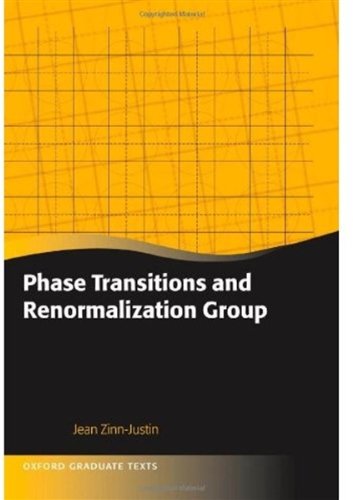
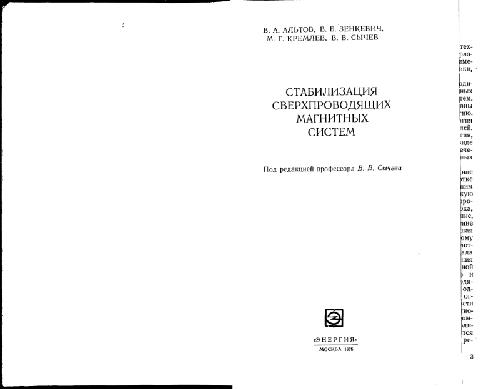
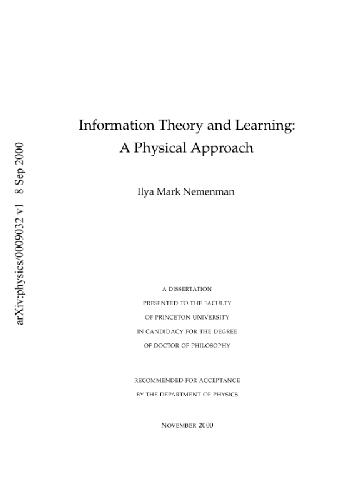
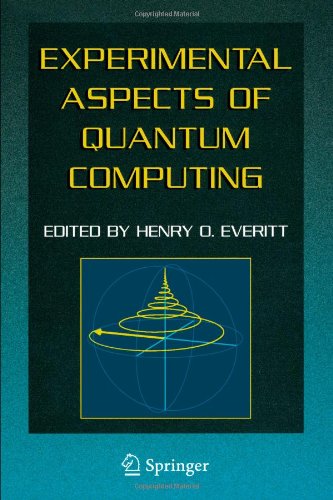

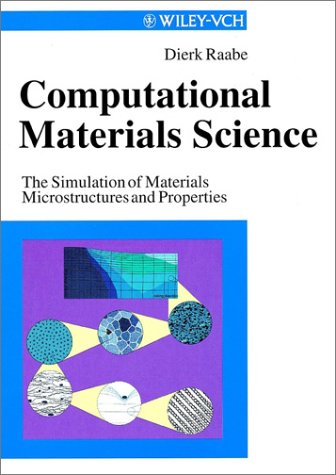

Reviews
There are no reviews yet.